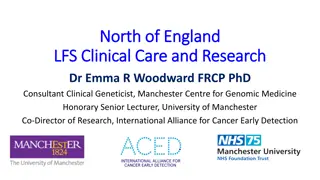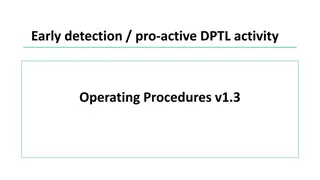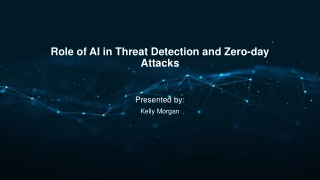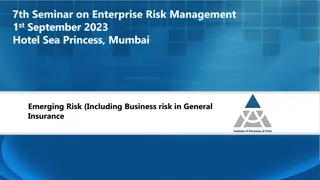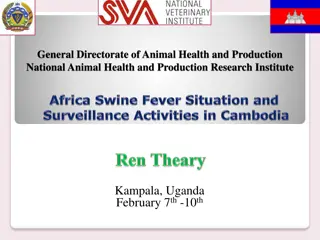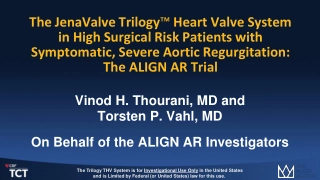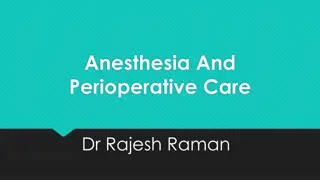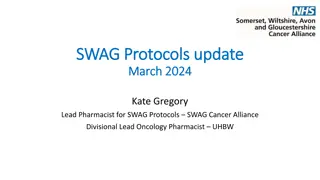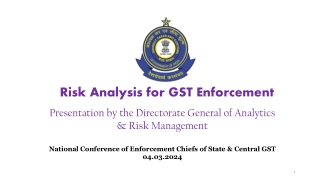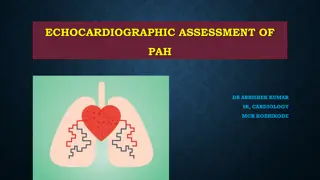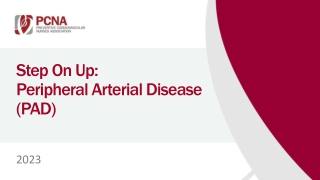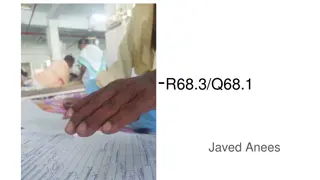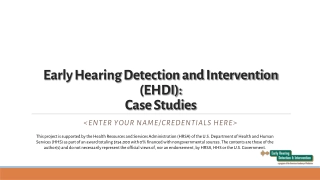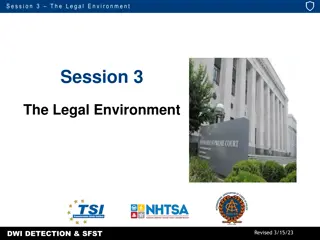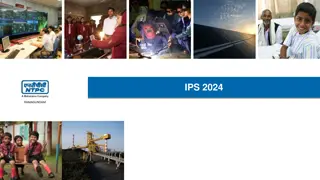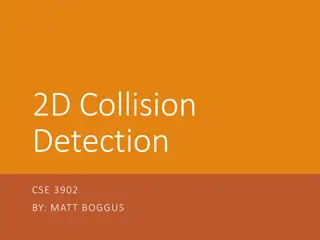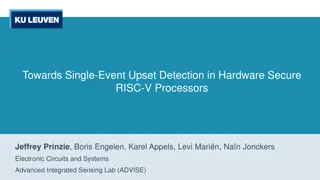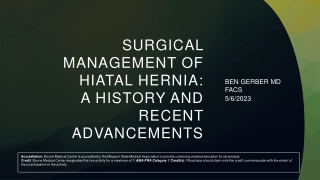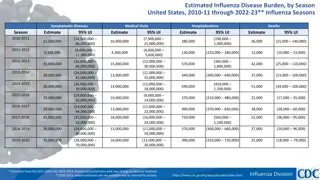Characterising Risk and Biology of Smouldering Myeloma for Early Detection of Symptomatic Myeloma
Understand the risk and biology of smouldering myeloma (SMM) for early detection of symptomatic myeloma. The study will investigate genomic and immune correlates of progression, clonal heterogeneity, and biomarkers using liquid biopsies and T cell phenotype and functionality in SMM.
Download Presentation
Please find below an Image/Link to download the presentation.
The content on the website is provided AS IS for your information and personal use only. It may not be sold, licensed, or shared on other websites without obtaining consent from the author. Download presentation by click this link. If you encounter any issues during the download, it is possible that the publisher has removed the file from their server.
- smouldering myeloma
- early detection
- symptomatic myeloma
- observational study
- risk characterisation
- biology
- genomic correlates
- immune correlates
- liquid biopsies
Presentation Transcript
Characterising risk and biology Of Smouldering Myeloma for early detection Of Symptomatic myeloma: COSMOS, a prospective observational study in smouldering myeloma Louise Ainley*, Elise Rees*, Sayeh Faroughi, Gwennan Ward, Grant Vallance, Kane Foster, Selina Chavda, Firas Al-Kaisi, Ceri Bygrave, Hannah Hunter, Jindrinska Lindsay, Agapi Parcharidou, Lydia Lee, Karthik Ramasamy, Kwee Yong * Both authors contributed equally to this work
Disclosures Takeda UK Ltd. (Speaker at meeting)
Background Current SMM risk models allow us to estimate progression Remains a need to characterise high risk SMM more accurately SMM remains rare for each managing centre, need to coordinate care in the UK and identify interest group Need for prospective follow up of patients and lack of prospective studies in SMM COSMOS: observational prospective study running in England and Wales
COSMOS Study Aims To understand the genomic and immune correlates of progression from MGUS/SMM to MM, integrating with clinical parameters To define clonal heterogeneity and biomarkers of progression using liquid biopsies (blood), and exploring the utility of serial samples. To investigate T cell phenotype and functionality in SMM comparing stable with progressive disease.
Study set up Progression Baseline 12 months 24 months 36 months 48 months Study end During study: Regular bloods including research BMAT offered annually Imaging as clinically indicated Baseline: BMAT, bloods, Full clinical assessment Previous imaging Progression: BMAT, bloods, imaging Full clinical assessment
Currently 11 open study sites, 9 planned Royal Derby Hospital 13 Participants Opened 25th January 2022 Nottingham University Hospital Opened 21st February 2022 Mid Yorkshire Hospital Opened 6th July 2022 Lincolnshire Clinical Research Facility Opened 6th June 2022 Churchill Hospital, Oxford 5 Participants Opened 2nd December 2021 London: University College Hospital 54 Participants Opened 10th February 2021 Northwick Park Hospital 7 Participants Opened 6th December 2021 St George s Hospital Opened 6th June 2022 University Hospital of Wales, Cardiff 5 Participants Opened 19th July 2021 Derriford Hospital, Plymouth 2 Participants Opened 15th July 2021 East Kent Hospitals 9 Participants Opened 1st July 2021
Laboratory workflow T cell work presented by Kane Foster Saturday 08:40AM West Hall B
Patient Characteristics (total = 95) High risk features Number (%) Characteristic Number (%) Age range 27-85 [median 67] Median paraprotein at entry 17g/L [range 1-40] Sex- Male 40 (55) Median SFLC ratio at entry 7.1 [range 1.1- 455] SMM MGUS 62 (87) 9 (13) Median bone marrow PC at entry 15% [range 5-50] Immunoparesis at entry* 51 (72) Isotype High risk CGN at entry** 20 (36) IgG 50 (68) +1q 14 (27) IgA 16 (22) t(4;14) 3 (6) Light chain 6 (8) del17p 1 (2) IgM 1 (1) t(14;16) 1 (2) Kappa 41 (56) Mayo 202020 at diagnosis Newly diagnosed 18 (26) low 19 (37) Months since diagnosis 0-176 [median 20] int 20 (39) Off study 9 (12) high 12 (25) *Defined as one uninvolved Ig < normal range **Defined as per IMWG 2020: t(4;14), t(14;16), 1q gain, del13q Not all data available for all patients
Our SMM patients had an expected distribution across risk scores with variation across different scoring systems Risk score Mayo IMWG (including IMWG 20/20/20 CGN) individualised Low risk 19 (37%) 7 (19%) 18 (42%) Low- int risk 15 (42%) 16 (37%) Int risk 21 (41%) 10 (28%) 6 (14%) High risk 11 (22%) 4 (11%) 3 (7%)
Cytogenetic risk correlated with paraprotein level at study entry 1q gain, t(11;14) and normal were the commonest FISH results * high risk CGN abnormalities
On correlative analysis haemoglobin level and presence of immune paresis were significantly associated with paraprotein level
Analysis of immune populations did not show correlations with clinical data including risk scores BM NK cells positively correlated with tumour (CD138+) BM myeloid cells negatively correlated with T cells
Conclusions COSMOS is a prospective observational study exploring serial sampling in precursor patients Establishing UK interest and planning for interventional studies for our high-risk patients We have shown good uptake in clinical trials in UK SMM patients and recruited a representative population based on other published data Early results of basic immunophenotyping illustrate heterogeneity of this condition and the need for more detailed longitudinal analysis
Acknowledgements COSMOS team Prof Kwee Yong Dr Karthik Ramasamy Dr Elise Rees Sayeh Foroughi Gwennan Ward COSMOS sites and PIs Dr Lydia Lee Dr Ceri Bygrave Dr Jindrinska Lindsay Dr Firas Al-Kaisi Dr Hannah Hunter Dr Agapi Parcharidou All patients and their families Kane Foster UCL myeloma lab Selina Chavda Emma Lyon Daria Galas-Filipowicz Anna Mikolajczak









